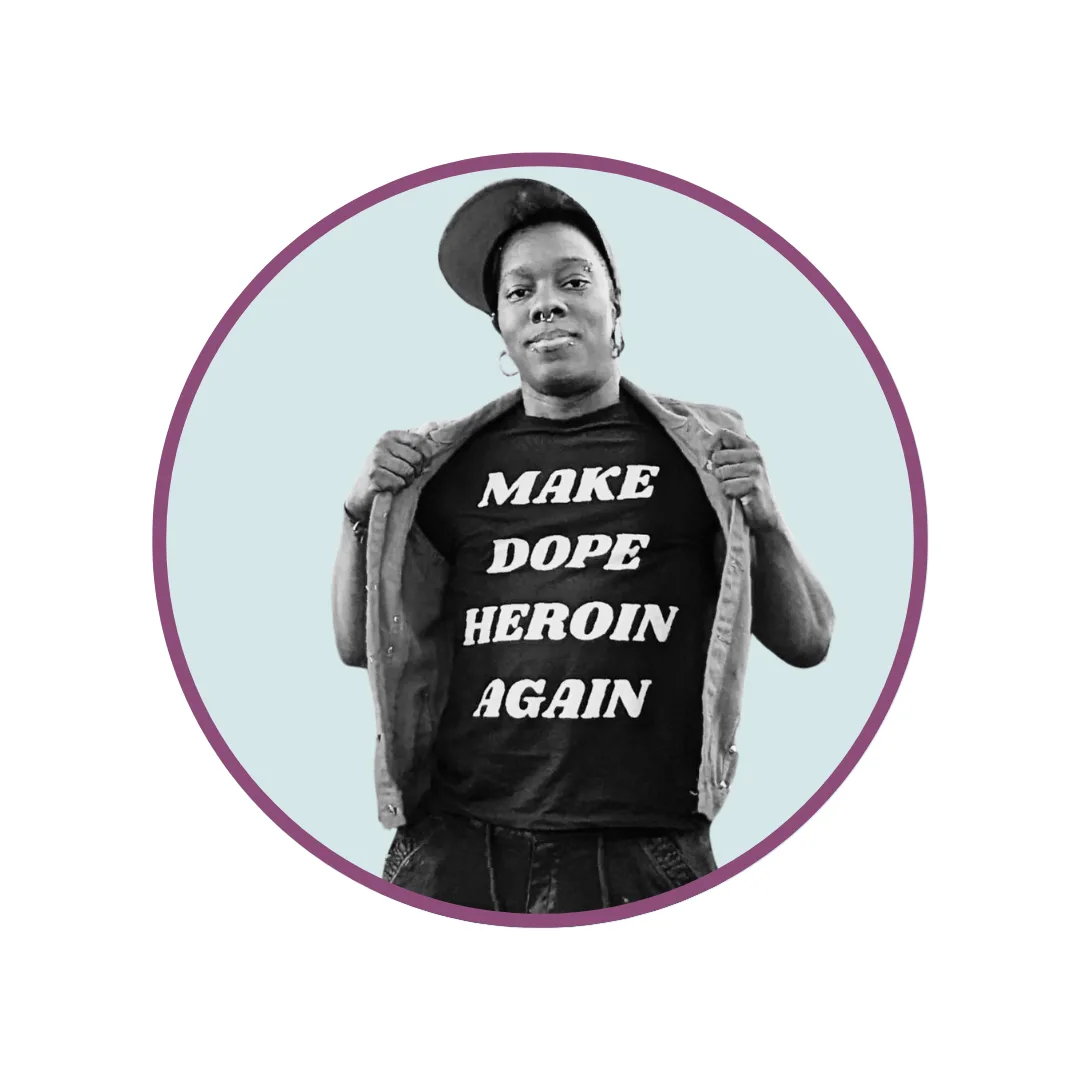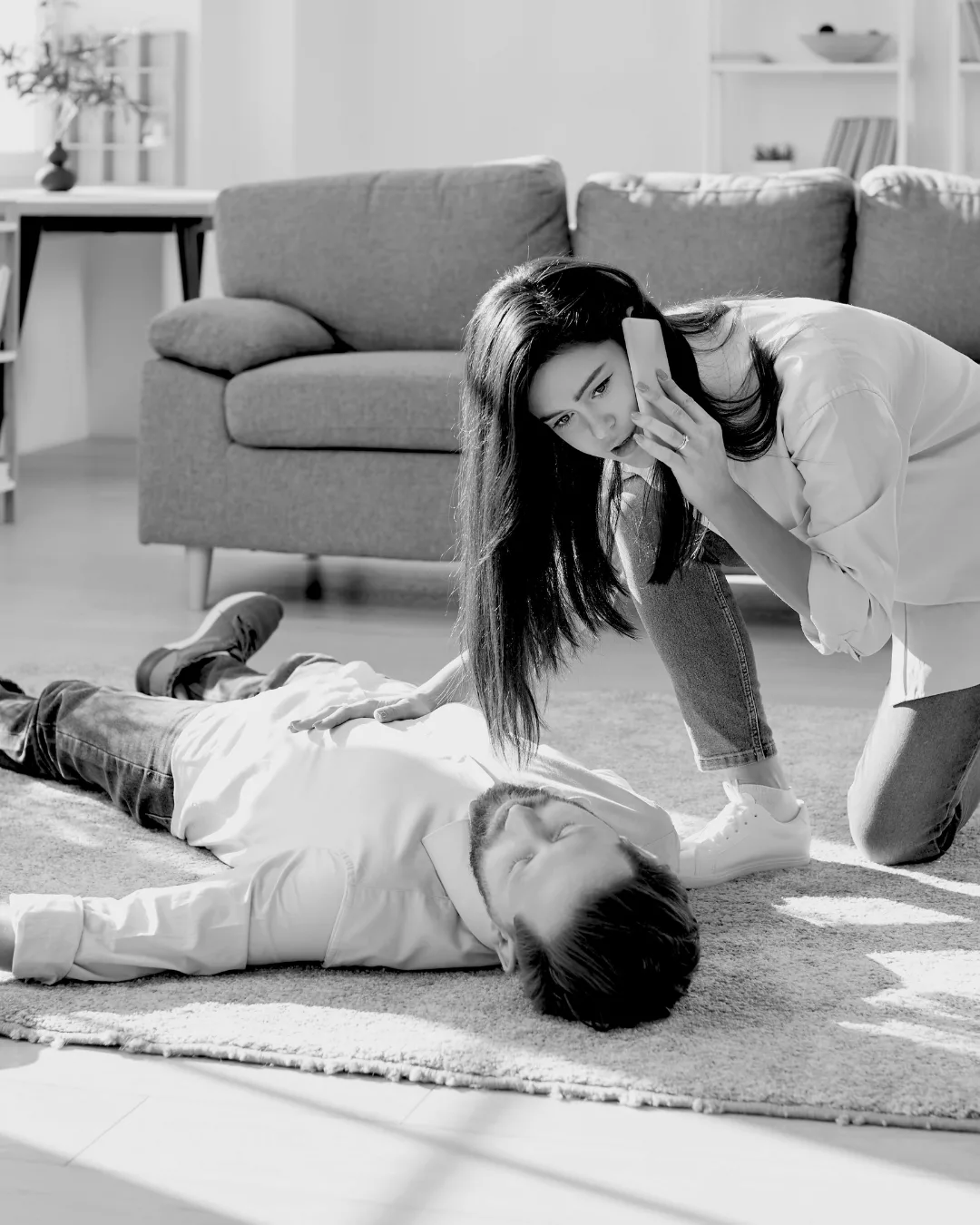Real Questions. Real Answers.
We hosted an introspective discussion, “Conversations Across the Continuum: Bridging Recovery and Harm Reduction,” featuring experts who shared their insights on inclusive care. This conversation explored how integrating harm reduction and recovery can help build more inclusive, effective, and compassionate systems of care. Our panelists included Kimber King, Operations Coordinator for SafeSpot Overdose Hotline; Mark Jachym, Harm Reduction Coordinator; and Phoenix “Mohawk” Kellye, Harm Reduction Services Director. The discussion was moderated by Regina Labelle, Addiction Policy Leader and former Presidential Appointee.
We’ve heard your questions, and we have the answers. Read these questions and consider the responses to better advocate for harm reduction and promote lasting change.
Question: If we want to see harm reduction as recovery, how do we talk about it in a context that is not separate from recovery? For example, not saying “recovery harm reduction.”
Answer: We must accept that combining recovery with harm reduction is confusing, counterproductive and not a solution for individuals practicing in this field. This is especially true because there are multiple pathways to recovery. To be successful practitioners and educators, it is essential that we stop combining recovery with abstinence and learn to openly discuss and understand the nuances associated with all pathways.
Question: Those who I have encountered that are against OPCs and harm reduction all claim enabling – what’s the best way to tackle this? I’ve explained it’s all about keeping someone alive to live another day, but they do not see it that way.
Answer: A core tenet of harm reduction –meeting people where they are– can be helpful in these conversations. That means listening first, asking thoughtful questions, and hoping for some reciprocity in the dialogue. You won’t convince everyone, and that’s okay. Overdose prevention centers (OPCs), also known as safer drug consumption services (SCS), are designated sites where people can use pre-obtained drugs under the safety and support of trained personnel.

“Having worked in and around OPCs, I get it. It isn’t always pretty. Sites of deep human need often evoke strong emotions (and sometimes moral judgment) as an empathetic response to what can be interpreted as despair. That response is human. But feelings, even when rooted in compassion, don’t negate data.”
Rachel Bowling • SAFE Communities
The data is clear: OPCs save lives, reduce public drug use, and connect people to care. They may not always look like hope from the outside, but for many, they’re exactly that.
Ultimately, we want the same thing: for people to be well. We can’t claim this is the “best” way to tackle the issue, but it’s a place to start. You won’t convince everyone, and that’s okay.
Question: Will sterile syringes continue to be available from federal grant programs as part of a harm reduction program?
Answer: Federal funds cannot be used to purchase sterile syringes themselves, due to longstanding restrictions. However, federal dollars can and do support the broader infrastructure of syringe services programs (SSPs) including staffing, education, linkage to care, overdose prevention, and disposal services.
As of 2025, this limitation has been reaffirmed and expanded by recent federal actions. A July 2025 Executive Order specifically prohibits the use of SAMHSA and other HHS discretionary funds to support “drug injection sites” or materials deemed to facilitate illicit drug use, including syringes. In response, SAMHSA issued updated guidance confirming that syringes, needles, and related injection equipment cannot be purchased using federal dollars.
Question: Do any of the panelists get pushback from folks involved in harm reduction, who worry about characterizing “getting into treatment” as an ideal goal for everyone who uses substances? How do you clearly communicate the nuances to general public and lawmaker audiences, about how harm reduction can be an important pathway to treatment, but also has value on its own – especially when most Americans likely think that treatment is the goal for everyone?
Answer: From Phoenix Mohawk Kellye – To attempt to answer the question about characterizing harm reduction as “getting into treatment” for general public and lawmaker audiences, I think there are many many other benefits to the general public that can be discussed in favor of harm reduction beyond just the fact that it is also a pathway for some into treatment. Reduced crime, reduced communicable diseases, reduced drug use—especially new drug use. When discussing that it can be a pathway for some, there are statistics that can be used about this, if that’s something they need to hear.
“I think some people’s first go-to when defending harm reduction is to talk about the recovery aspects, when many other talking points can be highlighted. When I was doing legal cannabis advocacy, one of my arguments was that in places where cannabis was already legal for adult use, the taxes from these sales, in some cases, were diverted into other public services such as education.”
Phoenix “Mohawk” Kellye • Harms Reduction Services Director

Sure, someone could say that having access to cannabis provides a pathway to recovery from “harder” substances, but when people generally don’t care about the life of a “junkie”, you have to give reasons that they see as a direct benefit to them/their loved ones.
Question: How do we understand programs that promote compulsory treatment saying that people are harming themselves and others, and people do not want to be in addiction? These programs do not include promotion of harm reduction supports.
Answer: This is a complicated and emotionally charged issue, and it’s important to hold space for multiple truths at once. Many people experiencing substance use disorder (SUD) are, in fact, suffering deeply. It’s also true that addiction can lead to behaviors that harm self and others. But the way we respond to that reality matters.
Involuntary civil commitment –placing someone into treatment without their consent– can work in limited cases, but only if it is implemented with strong safeguards, ethical oversight, and a person-centered approach.
- That means:
- Only using commitment when someone clearly meets criteria for danger to self or others (DTS/DTO)
- Never using someone’s housing status or poverty as justification, and
- Ensuring the care they’re committed into is evidence-based, trauma-informed, and connected to continuing support
Too often, compulsory treatment is used as a substitute for accessible, voluntary care, which is backwards. When people are funneled into coercive systems without access to harm reduction, medication for opioid use disorder (MOUD), or community-based supports, we risk creating a cycle of disengagement and mistrust that can increase overdose risk after discharge.
Most importantly, respecting individual autonomy is not incompatible with caring deeply. In fact, it’s often the foundation for effective engagement. Many people don’t want to be in chaotic use, but that doesn’t mean coercion is the best or only answer.
So we understand these programs in context: as responses born from urgency and fear, but too often lacking the infrastructure, ethics, and evidence to be both humane and effective. To truly serve people, we need systems that offer support before crisis, honor self-determination, and respect that recovery –and readiness– look different for everyone.
Webinar Resources

Rebel Harm Reduction

Florida Harm Reduction Collection

SafeSpot Overdose Hotline

Massachusetts Organization for Addiction Recovery
